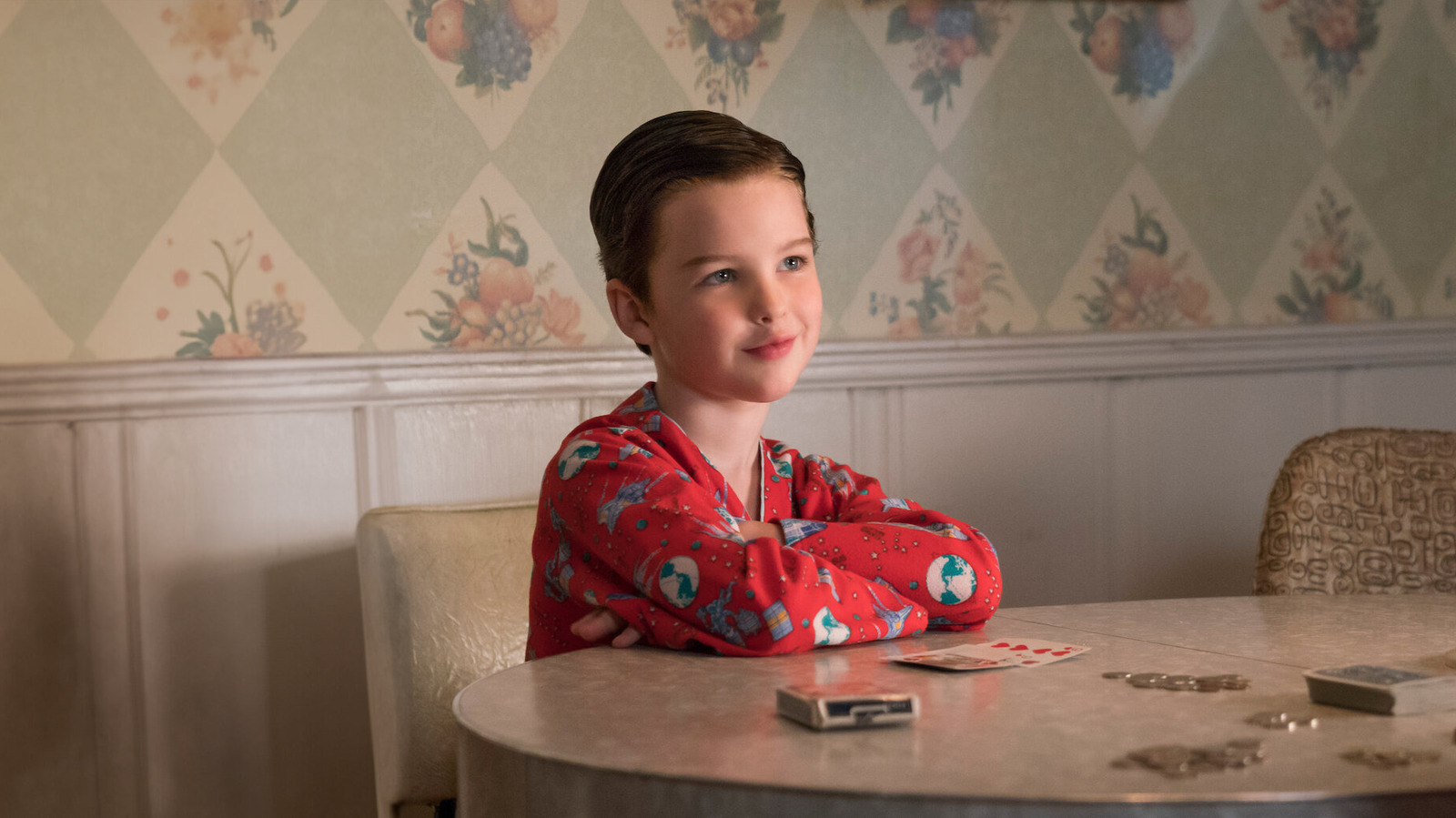
Something notable about “Young Sheldon,” particularly when you compare it to “The Big Bang Theory,” is that it’s a single-camera show instead of a multicam show. What this means, if these terms aren’t super familiar to you, is that “Young Sheldon” is not shot in front of a live studio audience (“Big Bang” was), there’s no laugh track (“Big Bang” had one), and obviously, there’s just the one camera, which creates an effect more akin to, say, a movie or TV drama instead of a “classic” sitcom. (With multiple cameras, you can, of course, capture the same scene from a bunch of different angles, which is why it’s been a sitcom staple for so long; if you do use a studio audience, it lets editors pick the best angle without making the actors do the same take over and over and over again.)
As Peter Roth told Jessica Radloff, Chuck Lorre was determined to use a single-camera approach for “Young Sheldon,” and initially, nobody agreed with him — especially Roth. “I was probably the most skeptical once we began the process because we did it as a single-camera comedy, which I did not want to do,” Roth recalled. “I wanted to do it as a multicam for a lot of reasons, mostly because I did not want the audience to be thrown out of the picture.”
Eventually, Roth made an admission. “I was completely wrong about that,” he said. “And Chuck argued the exact opposite point. He kept saying, ‘No, we’ve got to offer something that’s uniquely, distinctively different.’ And he was right.” (Plus, as Roth correctly said, shooting with young actors like Iain Armitage sort of requires single-camera due to, you know, child labor laws.)
Even Jim Parsons was a little confused by Lorre’s insistence on single-camera. “When we first started talking about it, I just assumed Chuck and Steve [Molaro] would do a multicam, and I was astounded when they told me they weren’t,” Parsons confessed. “I would even say I was borderline disappointed in a weird way. I guess I had assumed I would be able to drop by tapings occasionally and talk to the audience — especially as we’re finding our feet.”
“But they wanted it to be its own thing, and filming it as a single cam was part of doing that, which was so smart,” he admitted. “And it’s allowed Steve to cultivate more heartfelt moments that he’s really talented at, especially with these characters that he knows so well.”
“The Big Bang Theory” and “Young Sheldon” are both streaming on HBO Max (and the latter is also on Netflix).









